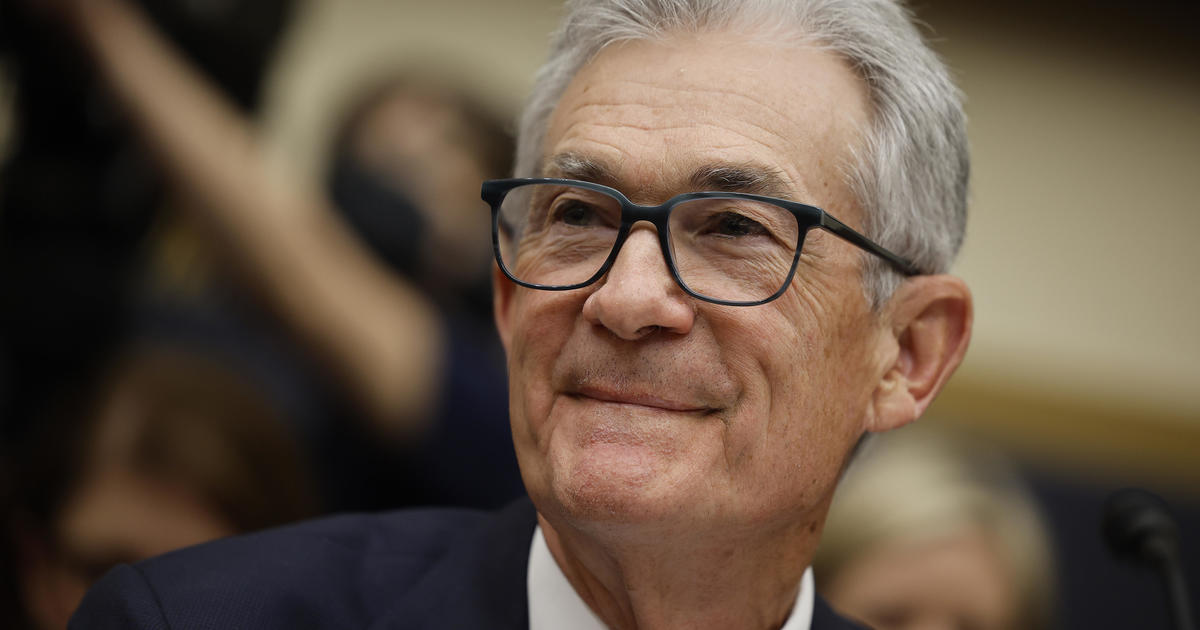The Federal Reserve on Wednesday said it is cutting its benchmark interest rate by 0.50 percentage points, marking the first reduction in four years and moving to ease borrowing costs as inflation-weary consumers are grappling with high rates on everything from mortgages to credit cards.
The Fed said the cut lowers the federal funds rate into a range of 4.75% to 5%, down from its prior range of 5.25% to 5.5%, which had been its highest level in 23 years.
The half-point move signals that the Fed is acting aggressively to keep the U.S. economy from stalling, given that historically most rate cuts are 0.25 percentage points. Prior to the decision, some economists had urged the Fed to make a bolder reduction, given signs of weakness in the labor market and a cooling economy.
“This is a bit of a surprise,” Brian Coulton, chief economist at Fitch Ratings, said in an email. The half a percentage point cut “suggests an abrupt switch of focus back to the maximum employment mandate and a very sharp improvement in confidence in inflation progress in the last month and a half.”
“The latter is a little hard to understand given the incoming inflation data, and it suggests that the Fed may be more concerned than most about the state of the labor market, where the pace of job creation still looks pretty solid,” he added.
Inflation fight is won
It is the first drop in the federal funds rate — or what banks charge each other for short-term loans — since the U.S. central bank lowered rates to nearly zero in March 2020 amid an economic standstill caused by the pandemic. But as prices surged during the health crisis, the Fed repeatedly hiked rates in an effort to curb inflation.
The economic whipsaw of the past four years has left many consumers and businesses struggling with both high prices and elevated borrowing costs, even as the Fed’s rate hikes have helped cool inflation to 2.5% in August on an annual basis, close to the central bank’s 2% target.
More recently, however, there have been some worrying signs about a slowdown in the labor market, prompting Fed Chair Jerome Powell last month to say “the time has come” to ease rates.
In its Wednesday statement, the Fed cited its decision to make a larger cut “in light of the progress on inflation and the balance of risks.”
“The Committee has gained greater confidence that inflation is moving sustainably toward 2%, and judges that the risks to achieving its employment and inflation goals are roughly in balance,” the Fed said in the statement. “The economic outlook is uncertain, and the Committee is attentive to the risks to both sides of its dual mandate.”
The bigger cut signals “the Fed’s got the labor market’s back,” said Sonu Varghese, global macro strategist at Carson Group, in an email.
Additional rate cuts in 2024
Even more important than today’s cut is what the Fed does in the months ahead as it pivots away from battling inflation to revving up the nation’s economic engines in a bid to stave off a downturn.
The Fed also released its economic projections for the coming years, which shows that its members are pegging the median 2024 federal funds rate at 4.4%, which would represent about a 1 percentage point reduction from its prior level, financial data firm FactSet noted.
Wednesday’s cut should ease financial strains for some consumers, experts said.
“A September cut, along with the possibility of at least one more this year, should be welcome news to investors,” said Joe Gaffoglio, CEO at Mutual Of America Capital Management, in an email ahead of the decision. The rate reduction, “coupled with moderating inflation, should help ease the financial strain on lower- and middle-income consumers.”
Economists are also forecasting that Wednesday’s rate cut will mark the first in a series of reductions this year and into 2025, with many analysts expecting the Fed to also cut its benchmark rate at its November and December meetings, according to FactSet. (The Fed doesn’t have a rate meeting scheduled in October.)
Next FOMC meeting
Powell, who is set to discuss the Fed’s decision at a press conference at 2:30 p.m. Eastern Time, had previously come under fire by some economists and policy experts for moving too slowly, both in first hiking rates to address inflation and in holding off on cutting rates as the economy wobbled.
The next Fed meetings are scheduled for November 6-7, which will take place after the U.S. presidential election, and December 17-18.

